The Role of Massage in Injury Prevention and Recovery
August 5, 2025
12 min

Understanding Massage Therapy's Impact on Injury and Performance
Massage therapy is widely embraced in sports and rehabilitation settings for its potential to aid injury prevention and recovery. While popular belief credits massage with enhancing athletic performance and reducing injury risk, the scientific community continues to explore the extent and mechanisms of its benefits. This article explores how massage influences the healing process, supports recovery, enhances muscle health, and serves as a vital tool in injury prevention strategies. It also highlights the importance of timing, tailored techniques, and professional expertise in maximizing therapeutic outcomes.
Physiological and Therapeutic Effects of Massage in Injury Management
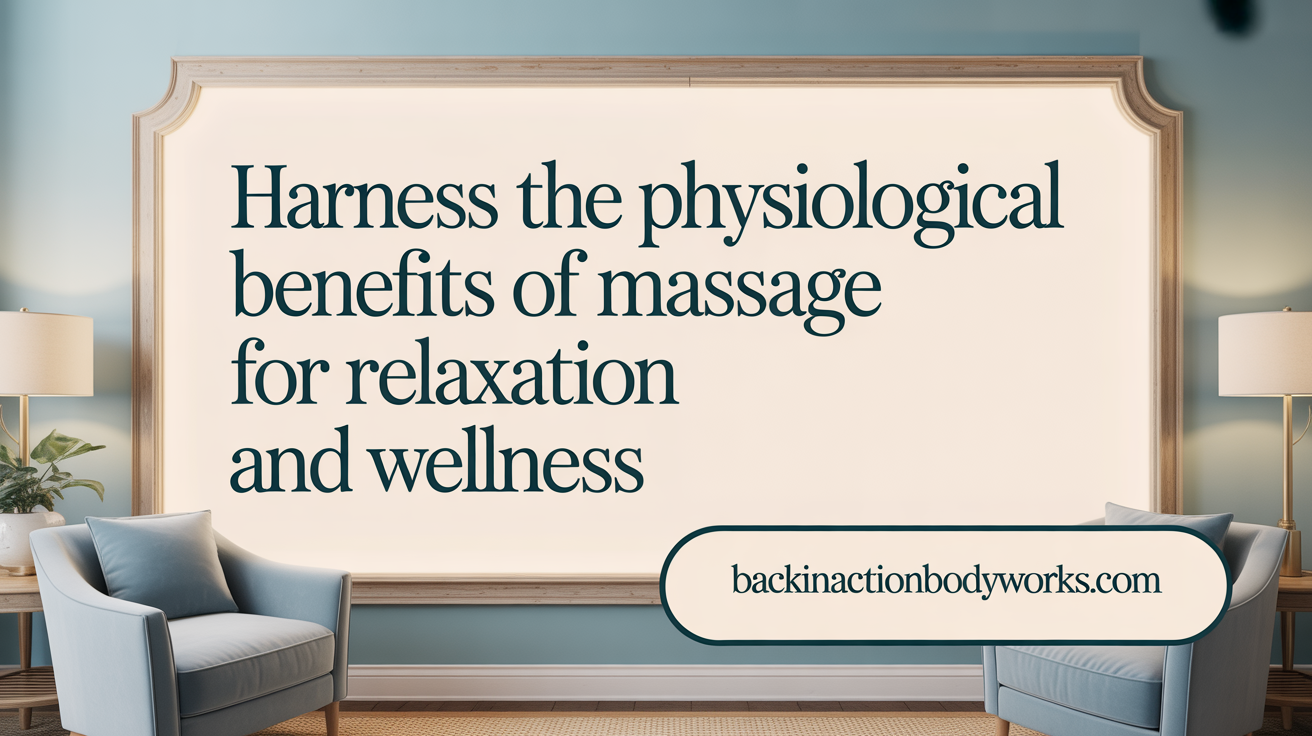 Massage therapy offers a range of physiological benefits that directly support injury management and recovery. One of the primary effects is the enhancement of blood and lymphatic circulation. Improved circulation ensures that oxygen and essential nutrients are efficiently delivered to injured tissues while metabolic waste products, such as lactic acid and inflammatory mediators, are effectively removed. This process helps reduce inflammation, speed up tissue repair, and alleviate muscle soreness.
Massage therapy offers a range of physiological benefits that directly support injury management and recovery. One of the primary effects is the enhancement of blood and lymphatic circulation. Improved circulation ensures that oxygen and essential nutrients are efficiently delivered to injured tissues while metabolic waste products, such as lactic acid and inflammatory mediators, are effectively removed. This process helps reduce inflammation, speed up tissue repair, and alleviate muscle soreness.
Additionally, massage techniques help decrease muscle tension and improve tissue elasticity. By relieving adhesions and stiffness, massage promotes greater flexibility and range of motion, which are critical for both recovery and injury prevention. Increased tissue pliability allows muscles and connective tissues to withstand physical stresses more effectively.
Hormonal responses to massage also play a significant role in injury management. The stimulation of nerve endings during massage can trigger the release of mood-enhancing hormones such as endorphins and dopamine, contributing to pain relief and emotional well-being. At the same time, massage often results in lower cortisol levels, a hormone associated with stress, thereby promoting relaxation and reducing anxiety commonly linked to injury and recovery processes.
The nervous system is notably affected by massage, which activates the parasympathetic branch. This leads to a decrease in heart rate and blood pressure, fostering a calming effect that supports overall recovery. The reduction in sympathetic nervous system activity also helps lessen pain perception and relax tense muscles.
Therapeutically, these physiological changes translate into faster healing, decreased discomfort, and improved functional outcomes. Massage’s ability to alleviate pain, promote tissue healing, and enhance immune responses—by stimulating white blood cell activity—makes it an invaluable adjunct in the treatment and rehabilitation of sports and soft tissue injuries.
Overall, the combined effects on circulation, muscle tension, tissue pliability, hormonal balance, and nervous system regulation underscore the therapeutic significance of massage in injury management and recovery.
Massage Therapy’s Role in Enhancing Injury Recovery
How does massage therapy aid in injury recovery?
Massage therapy plays a crucial role in speeding up the healing process of sports injuries and musculoskeletal issues. One of its primary benefits is the stimulation of blood flow within the affected tissues. By increasing circulation, massage delivers more oxygen and essential nutrients directly to the damaged muscles and tissues, which are vital components for effective repair and regeneration.
In addition to enhancing nutrient delivery, massage helps reduce muscle stiffness and tightness. This flexibility improvement allows for greater range of motion and less discomfort, facilitating earlier return to activity and preventing further injury.
Another significant benefit of massage is its ability to assist in the removal of metabolic waste products such as lactic acid and other by-products of muscle exertion. Accumulation of these substances can cause soreness and inflammation, delaying recovery. Massage encourages lymphatic and blood flow, helping clear out these waste materials more efficiently.
Massage also stimulates the release of endorphins, the body’s natural painkillers, along with other chemicals involved in pain reduction. This biochemical response helps sufferers experience less pain and enhanced well-being during recovery.
Furthermore, the psychological benefits of massage—such as reduced stress, decreased anxiety, and improved mood—support overall healing. Relaxed mental states can positively influence physical recovery processes, making massage therapy a holistic approach to injury management.
While the mechanisms of action are still being explored, current evidence shows that massage therapy enhances recovery by combining physiological improvements in circulation and tissue repair with psychological benefits. Regular sessions in the post-injury phase, coupled with appropriate rehabilitation, can lead to faster, more comfortable healing, supporting athletes and active individuals in returning to their routines.
The Impact of Massage on Athletic Performance and Muscle Health
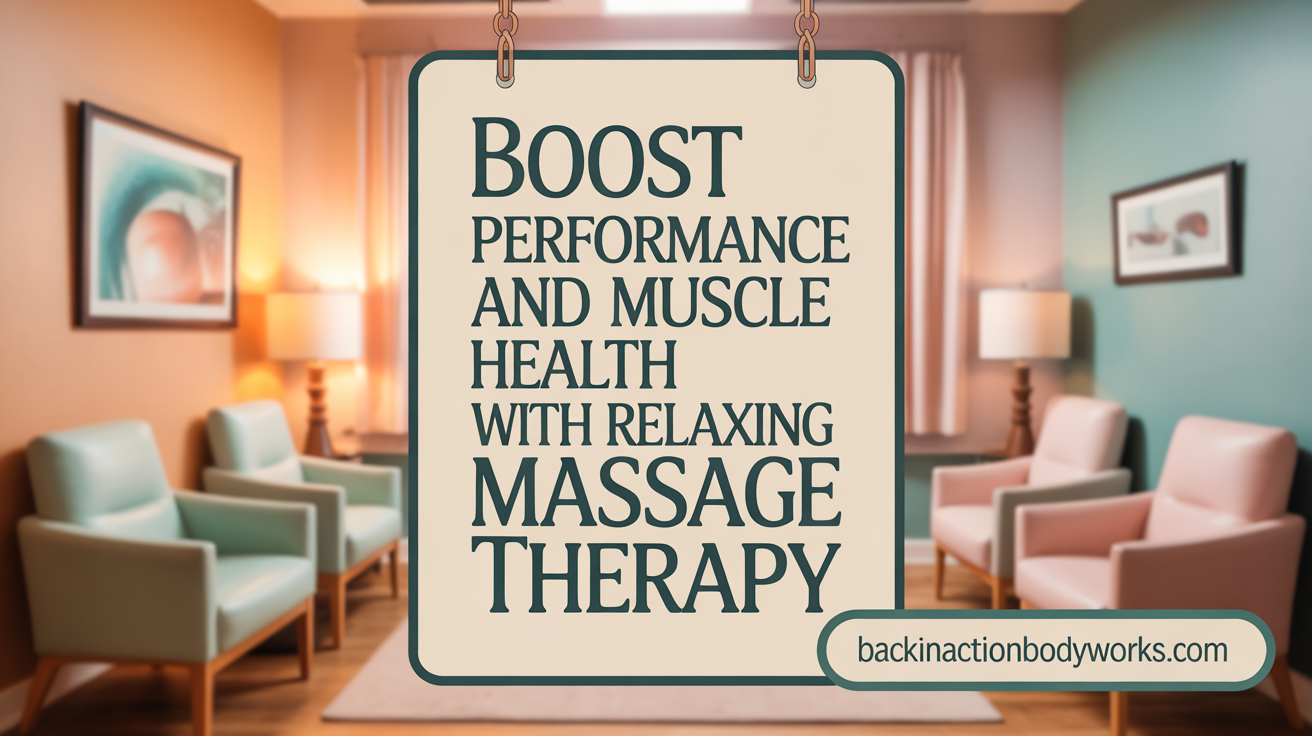
How does massage impact athletic performance and muscle health?
Massage influences athletes' physical and mental well-being through a variety of mechanisms. One of its primary effects is increasing muscle compliance, which means muscles become more flexible and less stiff, resulting in improved joint range of motion. Techniques such as effleurage, petrissage, and deep transverse friction work to relax muscles and break down adhesions, helping to prevent injuries and enhance movement efficiency.
Beyond mechanical effects, massage promotes better circulation within muscle tissues. By raising arteriolar pressure and increasing muscle temperature, it accelerates the delivery of oxygen and nutrients, supporting tissue repair and easing muscle soreness after workouts or competitions. This improved blood flow also speeds up waste removal, such as lactic acid, which can contribute to delayed onset muscle soreness (DOMS). Though evidence for direct performance enhancement remains limited, these physiological benefits are crucial for maintaining muscle health.
Massage techniques can influence neural function as well. Some methods affect neural excitability, helping to reduce muscle tension and prepare the nervous system for activity. Moreover, massage activates the parasympathetic nervous system, inducing a relaxation response. This is evidenced by markers like lowered heart rate and blood pressure, as well as increased heart rate variability, all of which help reduce stress and mental fatigue – factors that can positively impact athletic performance.
Finally, massage can lead to hormonal changes, such as decreased cortisol levels, and promote the release of endorphins, contributing further to relaxation and stress relief. Collective these effects support overall mental and physical readiness, crucial for optimal performance.
In summary, massage offers indirect but significant benefits for athletes by enhancing muscle flexibility, promoting recovery, reducing soreness, and fostering relaxation. While more research is needed to confirm direct performance gains, its role in maintaining healthy muscles and reducing injury risk makes it an important component of athletic training and recovery programs.
Preventative Massage: A Proactive Strategy for Injury Prevention

What is preventative massage and how does it help in injury prevention?
Preventative massage is a proactive approach designed to maintain muscle health and flexibility through regular treatment sessions. Instead of waiting for injury or pain to occur, this form of massage aims to prevent issues before they develop.
By promoting proper circulation, preventative massage enhances blood flow to muscles, delivering oxygen and nutrients vital for tissue health. It also helps reduce muscle tension and stiffness, which are common precursors to injury.
Additionally, preventative massage allows therapists to detect early signs of musculoskeletal imbalances and tightness. Addressing these minor issues early can prevent them from escalating into more serious injuries.
This proactive technique aligns with broader health trends emphasizing personalized prevention strategies. When integrated into standard fitness routines or health practices, it can reduce overall injury risk and support long-term physical well-being.
Beyond injury prevention, regular massage can also lower healthcare costs by reducing the need for medical treatment of sports-related or muscular issues. Overall, it is an effective component of a comprehensive injury prevention program.
Techniques and Timing: Tailoring Massage for Optimal Injury Prevention and Recovery
What are common massage techniques used in sports and rehab?
Sports massage employs a variety of techniques tailored to specific needs of athletes during different phases of training and recovery. Common techniques include effleurage, which involves long, sweeping strokes to warm up muscles; petrissage, where muscles are kneaded to improve circulation and elasticity; deep transverse friction massage, targeting scar tissue and adhesions; myofascial release, which releases tension in connective tissue; trigger point therapy, focusing on knots that cause pain; and Swedish massage, promoting overall relaxation and circulation. Each technique serves a particular purpose, from increasing flexibility to alleviating soreness, and can be combined to address specific muscle imbalances.
What roles do pre-event, post-event, and rehabilitation massages play?
Pre-event massage aims to prepare muscles for exertion by increasing circulation and flexibility, reducing muscle tension, and enhancing performance readiness. It often features light effleurage and gentle petrissage. Post-event massage helps in recovery by reducing muscle soreness, inflammation, and stiffness. It promotes faster removal of metabolic waste products like lactic acid and enhances circulation, often using effleurage, light petrissage, and gentle myofascial techniques. Rehabilitation massage is used during recovery phases to aid healing, improve range of motion, and alleviate pain. Techniques such as deep tissue massage, trigger point therapy, and deep transverse friction massage are applied to break down scar tissue, realign deeper muscle layers, and promote tissue repair.
What are the effects of deep tissue, myofascial release, trigger point, and Swedish massage?
Deep tissue massage targets deeper muscle and connective tissue layers, reducing inflammation, relieving soreness, and speeding up recovery from strains or tears. Myofascial release focuses on loosening fascia, the connective tissue surrounding muscles, improving mobility and reducing chronic tension. Trigger point therapy addresses hyperirritable spots in muscles, releasing knots and decreasing localized pain. Swedish massage enhances blood flow and lymphatic drainage, supporting overall healing and relaxation. Each technique is selected based on injury type, stage of recovery, and athlete needs, often used in combination for maximum benefit.
When is the appropriate timing for massage based on injury phase?
Timing is crucial for effective massage application. Immediately after injury (within the first 48-72 hours), gentle techniques like lymphatic drainage or light effleurage are preferred to avoid aggravating swelling. As inflammation subsides, more intensive techniques—including deep tissue massage and trigger point therapy—are appropriate to promote healing and tissue flexibility. In re rehabilitation stages, massage helps in breaking down scar tissue and restoring muscle strength. Regular scheduling aligned with recovery milestones ensures maximum benefits while preventing overstressing injured tissues.
How can massage be integrated with other treatments and training?
Massage therapy complements other injury management strategies such as physical therapy, aquatic therapy, and medical interventions like Interventional Pain Management. Used together, they create a holistic recovery plan. Implementing massage regularly within training can help maintain flexibility, prevent overuse injuries, and improve performance. It’s also beneficial to coordinate timing with other treatments to optimize recovery—such as scheduling massage after physiotherapy sessions. Advanced approaches may include combining massage with stretching, strengthening exercises, and proper nutrition and hydration strategies to support overall athlete health.
How does massage therapy affect the healing process of injuries?
Massage therapy positively impacts the healing process of injuries by stimulating circulation and increasing blood flow, which helps deliver oxygen and nutrients essential for tissue repair. It reduces inflammation and alleviates pain, making the recovery process more comfortable and allowing for earlier and more effective physical activity. Different massage techniques, such as Deep Tissue or Trigger Point therapy, target specific muscles and tension points to relieve tightness and promote relaxation, contributing to improved function of injured areas. Additionally, regular massage can prevent muscle atrophy and future injuries by enhancing muscle recovery, flexibility, and range of motion. When combined with other therapies like aquatic therapy and medical interventions such as Interventional Pain Management, massage offers a comprehensive approach to facilitate faster and more effective injury healing.
Integrating Massage into Athletic Training and Rehabilitation Programs
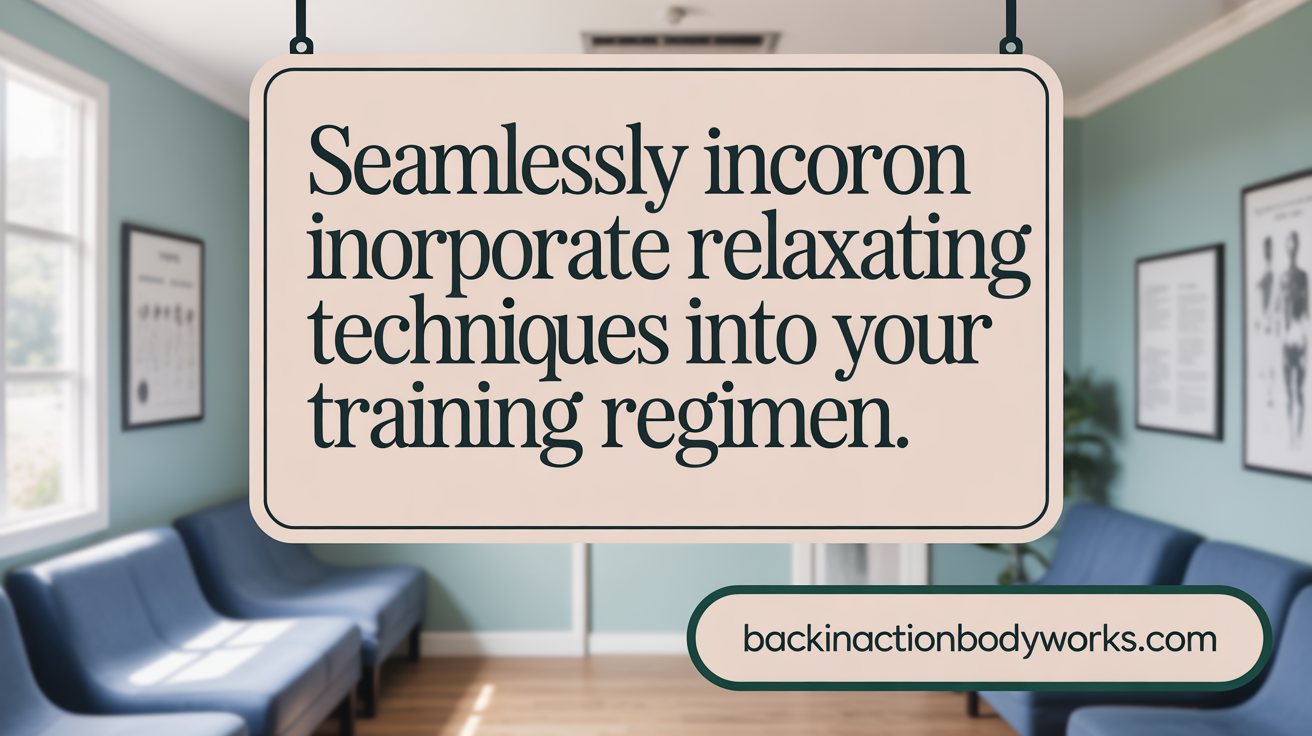
What role does massage therapy play in preparation for and recovery from exercise?
Massage therapy is an important element in supporting athletes both before and after exercise. It helps prepare muscles by increasing blood flow, reducing tension, and enhancing flexibility, which can improve overall performance and decrease the risk of injury. Techniques such as effleurage, petrissage, and myofascial release help warm up tissues and prepare them for physical exertion.
Post-exercise, massage contributes to faster recovery by alleviating muscle soreness, particularly delayed onset muscle soreness (DOMS). It achieves this by promoting circulation that delivers oxygen and nutrients to damaged tissues while flushing out metabolic waste products like lactic acid. This process not only speeds up healing but also helps in reducing inflammation and stiffness.
Massage also plays a significant psychological role. It fosters relaxation, decreases stress, and enhances mental focus—beneficial factors for athletic performance. Although more scientific research is needed to determine long-term benefits and optimal techniques, current evidence supports its role as a complementary part of athletic routines.
How does massage influence psychological readiness and stress reduction?
Beyond physical benefits, massage actively reduces psychological stress by modulating the nervous system. It increases parasympathetic activity, which is associated with relaxation, and decreases cortisol levels—a hormone linked to stress and anxiety. This calming effect can improve mood, increase focus, and promote emotional balance, all crucial for peak athletic performance.
Massage also boosts the production of endorphins, natural mood enhancers that foster well-being. Combined with its ability to decrease heart rate and blood pressure, massage creates a mental state conducive to optimal performance and resilience against training-related stress.
How does massage improve flexibility, reduce muscle soreness, and help prevent injuries?
Regular massage enhances muscle flexibility and joint range of motion by targeting muscle tightness and adhesions. Techniques like deep transverse friction massage and myofascial release specifically address areas of muscle tension, maintaining tissue elasticity and preventing overuse injuries.
Furthermore, massage reduces muscle soreness after intense activity by increasing circulation and tissue oxygenation, accelerating tissue repair, and breaking down scar tissue. Over time, this can lead to fewer muscle strains and reduced injury risk. By identifying tight or overused muscles early, sports massage supports proactive injury prevention.
Why is the role of qualified practitioners important?
Effective massage therapy relies heavily on the skills and knowledge of trained professionals. Qualified practitioners understand anatomy, appropriate techniques, and timing, ensuring treatments are safe and tailored to individual needs. They can identify early signs of muscle imbalance, address specific issues related to injury or overuse, and integrate massage into broader training or rehabilitation programs.
Using unqualified practitioners may result in ineffective treatments or potential harm. Therefore, partnering with credentialed therapists is essential for maximizing benefits and supporting long-term athlete health.
How can athletes build routines for sustained massage benefits?
Consistency is crucial to maximize the positive effects of sports massage. Incorporating regular sessions—whether weekly or biweekly—can maintain muscle flexibility, prevent tightness, and hasten recovery.
Athletes should also tailor massage schedules based on training intensity, upcoming competitions, and injury history. Combining massage with other recovery strategies such as stretching, proper nutrition, hydration, and adequate rest creates a comprehensive approach.
Ensuring treatment plans are coordinated with healthcare or sports medicine professionals guarantees that massage complements other interventions, helping athletes perform at their best while minimizing injury risks.
| Aspect | Importance | Additional Details |
|---|---|---|
| Preparation for exercise | Improves performance readiness | Enhances circulation and flexibility |
| Post-exercise recovery | Accelerates healing and reduces soreness | Promotes tissue repair and reduces inflammation |
| Psychological benefits | Lowers stress and anxiety | Supports mental focus and emotional resilience |
| Practitioner qualification | Ensures safe and effective treatment | Proper training in sports massage techniques |
| Routine building | Maintains long-term benefits | Regular sessions tailored to individual needs |
Integrating massage into athletic training involves a holistic approach that addresses physical and mental factors, ultimately supporting athletes in achieving optimal performance and recovery.
The Future of Massage in Injury Prevention and Recovery
While massage therapy offers multiple physiological and psychological benefits that support injury prevention and recovery, current scientific evidence suggests its effects on performance enhancement and injury prevention are modest and best realized when combined with other treatment and training strategies. Advances in research will clarify the optimal techniques, timing, and individualized approaches to maximize outcomes. Meanwhile, integrating qualified massage therapy into comprehensive athletic and rehabilitation programs remains a promising practice for improving muscle health, aiding recovery, and promoting holistic well-being, ultimately helping athletes and patients maintain physical resilience and achieve their performance goals.
References
- The mechanisms of massage and effects on performance, muscle ...
- The Role of Massage in Sports Performance and Rehabilitation
- The Importance of Sports Massage in Injury Prevention
- Benefits of Massage Therapy for Pain Management
- Massage Therapy for Sports Injuries: Recovery, Relief, and ...
- Effect of sports massage on performance and recovery: a systematic ...
- Unlocking Peak Performance: The Role of Sports Massage Therapy ...
- Sports Massage Therapy for Recovery & Injury Rehabilitation
Recent articles

Effective Corrective Exercises for Sustainable Pain Management

Taking a Root Cause Approach to Chronic Pain Management

Holistic Pain Management Techniques Without Surgery

How Patient Success Stories Validate Chiropractic Care Benefits

Spinal Decompression: Innovative Treatment for Sciatic Nerve Pain

Spinal Decompression Therapy: A Non-Invasive Approach to Sciatica Relief

Exploring Holistic Approaches Beyond Surgery for Pain Relief

Practical Lifestyle Advice to Support a Healthy Spine Every Day

Corrective Exercise Routines Designed for Long-Term Pain Prevention

Real Patient Stories: Overcoming Chronic Pain with Chiropractic Care

Lifestyle Changes That Promote a Healthy Spine and Prevent Injury

How Addressing the Root Cause of Pain Leads to Lasting Relief

Non-Surgical Holistic Therapies to Manage Chronic Pain Effectively

Nutritional Counseling's Impact on Physical Health and Healing

Benefits of Regular Chiropractic Care for a Stronger Back

Your First Chiropractic Visit: What to Expect and How to Prepare

Patient Experiences: How Chiropractic Care Transformed Their Lives

Exploring Holistic, Non-Surgical Options for Pain Management

Combining Physiotherapy with Chiropractic Treatments for Enhanced Recovery

Holistic Treatments That Offer Alternatives to Surgery for Pain Relief

Corrective Exercise Strategies for Long-Term Spine Health

How Physiotherapy Complements Chiropractic Adjustments for Better Outcomes

First-Time Chiropractic Visitors: What You Should Know

Understanding the Importance of Treating Pain at Its Source

Adopting Lifestyle Changes to Support Your Spine's Wellness

Utilizing Physiotherapy to Enhance Chiropractic Treatment Outcomes

The Key Advantages of Chiropractic Care for Back Pain Sufferers

Why Focusing on Root Causes Improves Pain Treatment Success

Corrective Exercises That Promote Lasting Pain Relief and Mobility

Sciatica Relief Through Targeted Spinal Decompression Techniques

Preparing for Your First Chiropractic Appointment with Confidence

Healthy Lifestyle Habits for Maintaining Spinal Alignment

Success Stories Highlighting Chiropractic's Role in Pain Recovery

Top Benefits of Chiropractic Care for Chronic Back Pain

Nutrition Tips to Boost Your Overall Wellness and Recovery

How Chiropractic Care Alleviates Back Pain Naturally

How Nutritional Counseling Supports Overall Wellness and Spine Health

Step-by-Step Guide to Your First Visit with a Chiropractor

Using Nutrition to Support Chiropractic and Overall Wellness

Integrating Physiotherapy in Your Chiropractic Healing Journey

How Physiotherapy Complements Chiropractic Adjustments for Faster Healing

Lifestyle Tips for Maintaining a Healthy Spine and Preventing Back Pain

Heartwarming Patient Testimonials Highlighting Chiropractic Success

How Proper Nutrition Supports Chiropractic and Physiotherapy Treatments

Combining Physiotherapy and Chiropractic Treatments for Optimal Recovery

Why Chiropractic Treatments Are Effective for Managing Back Pain

Choosing a Chiropractor: Tips for Finding a Trusted Provider

Integrating Physiotherapy and Chiropractic: Benefits and What to Expect

How Tailored Corrective Exercises Can Aid in Pain Management

Chiropractic Care: A Proven Solution for Alleviating Back Pain

What to Expect at Your First Chiropractic Visit: A Comprehensive Guide

The Importance of Root Cause Analysis in Effective Pain Management
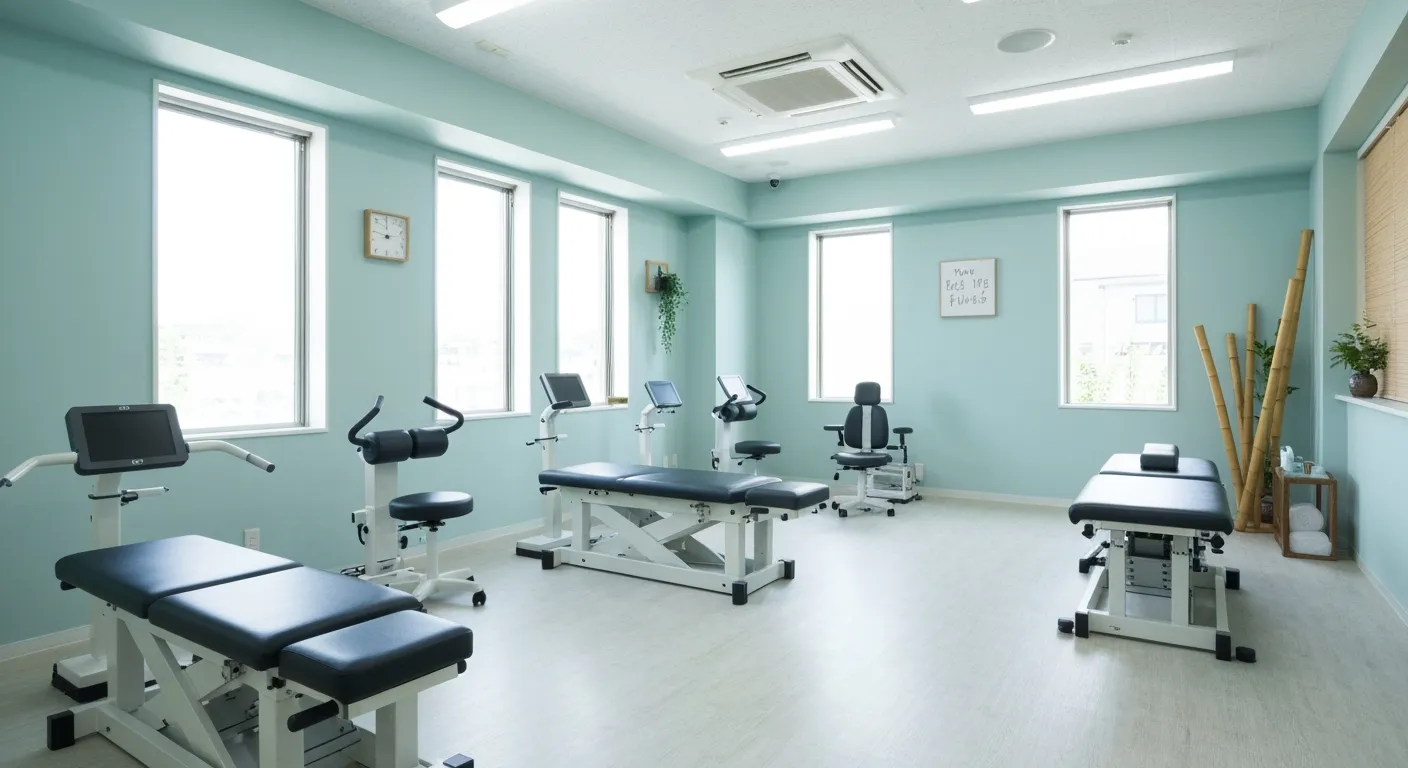
The Role of Corrective Exercises in Sustaining Pain-Free Living

Combining Chiropractic and Physiotherapy for Comprehensive Pain Relief

How Addressing Underlying Causes Improves Pain Treatment Effectiveness

Maintaining Spinal Health Through Lifestyle Changes and Preventive Care

Understanding the Benefits of Chiropractic Adjustments for Back Pain Sufferers

Spinal Decompression Therapy: A New Hope for Sciatica Relief

Lifestyle Recommendations to Support a Healthy Spine and Reduce Pain
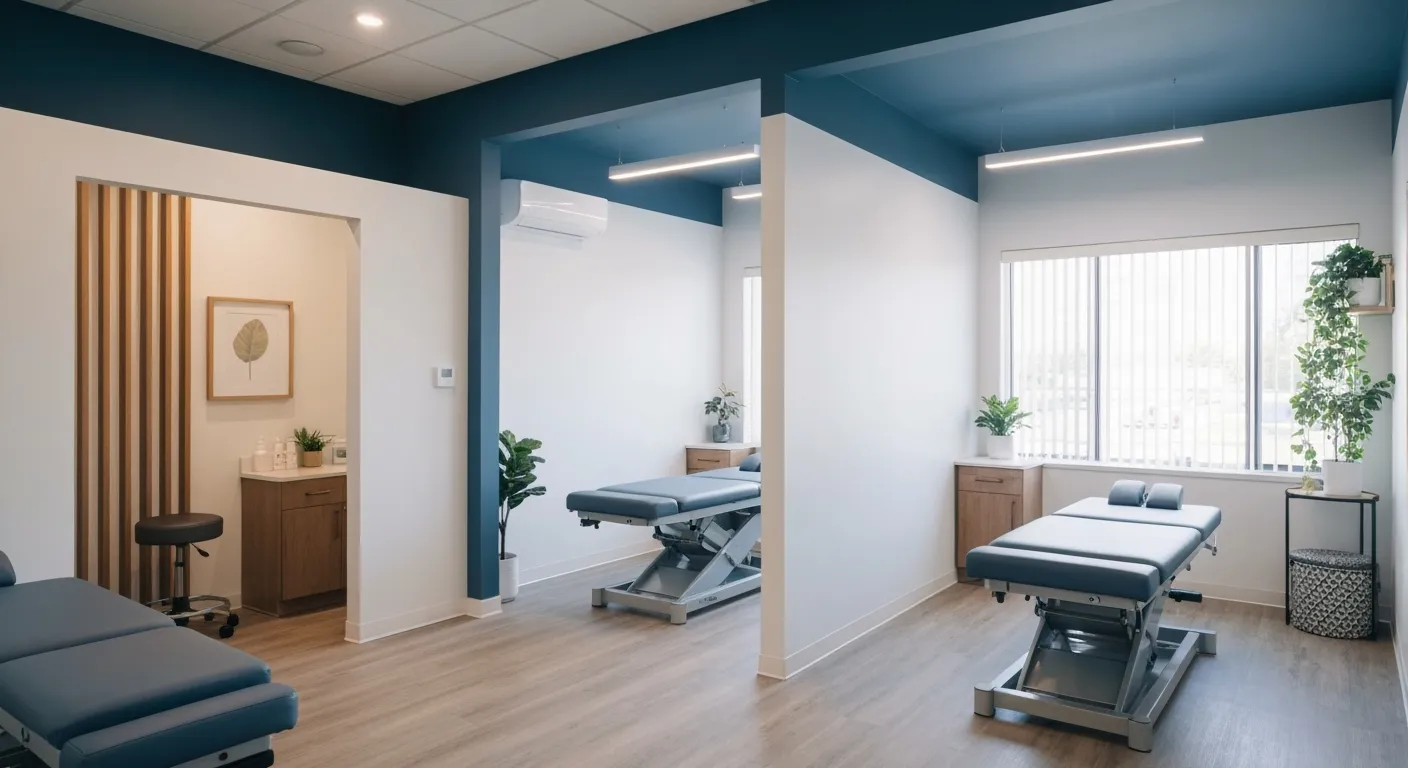
Choosing the Right Chiropractor: Key Factors to Consider Before Your First Appointment

Non-Invasive Treatment Alternatives: A Holistic Approach to Pain Relief

Corrective Exercises to Support Long-Term Relief from Chronic Pain

Exploring Non-Surgical Approaches to Spine Health and Wellness

Tips for Daily Habits That Keep Your Spine Strong

Success Stories: How Chiropractic Treatments Changed Lives

Why Focusing on the Root Cause of Pain Leads to Better Outcomes
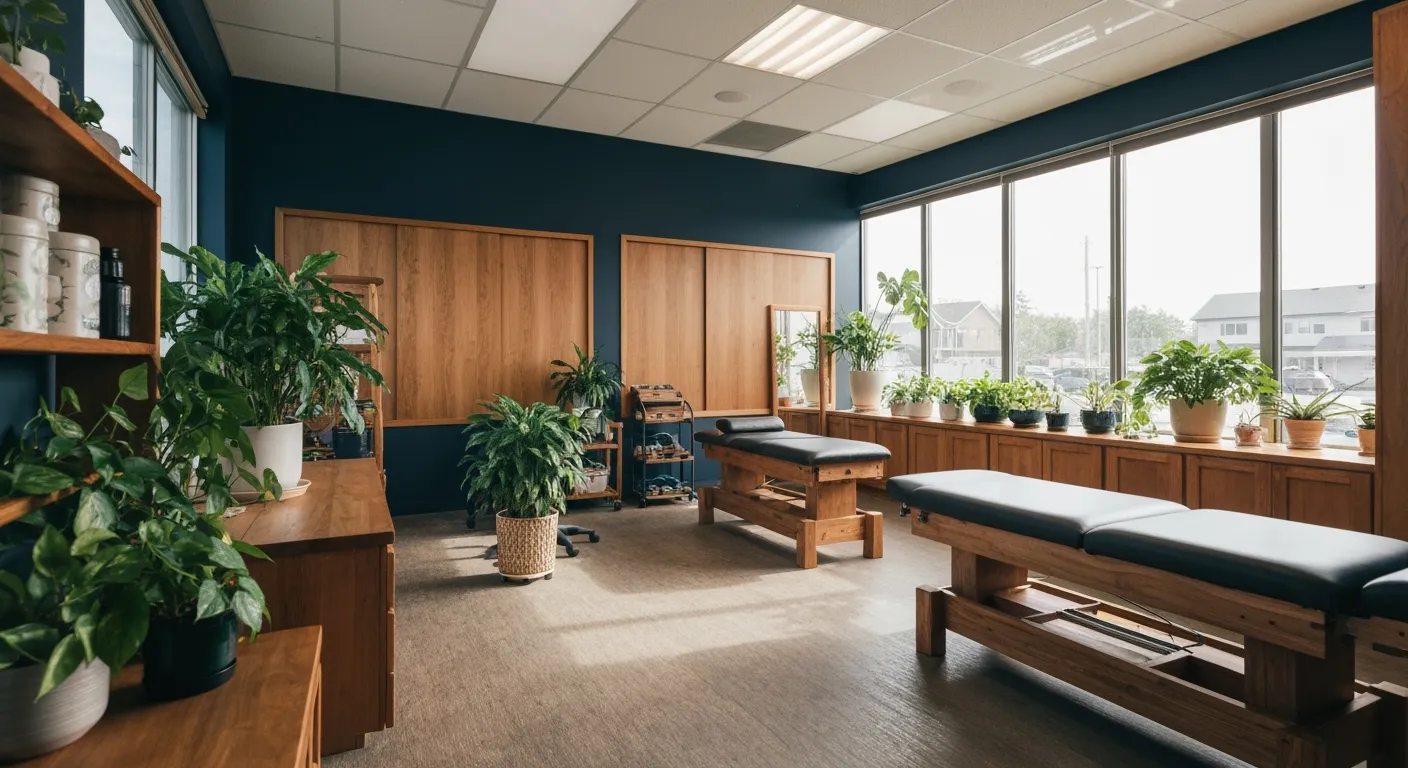
Nutritional Counseling and Its Impact on Overall Wellness and Recovery

Patient Testimonials That Showcase the Power of Chiropractic Care

Preparing for Your First Chiropractic Appointment: What You Need to Know
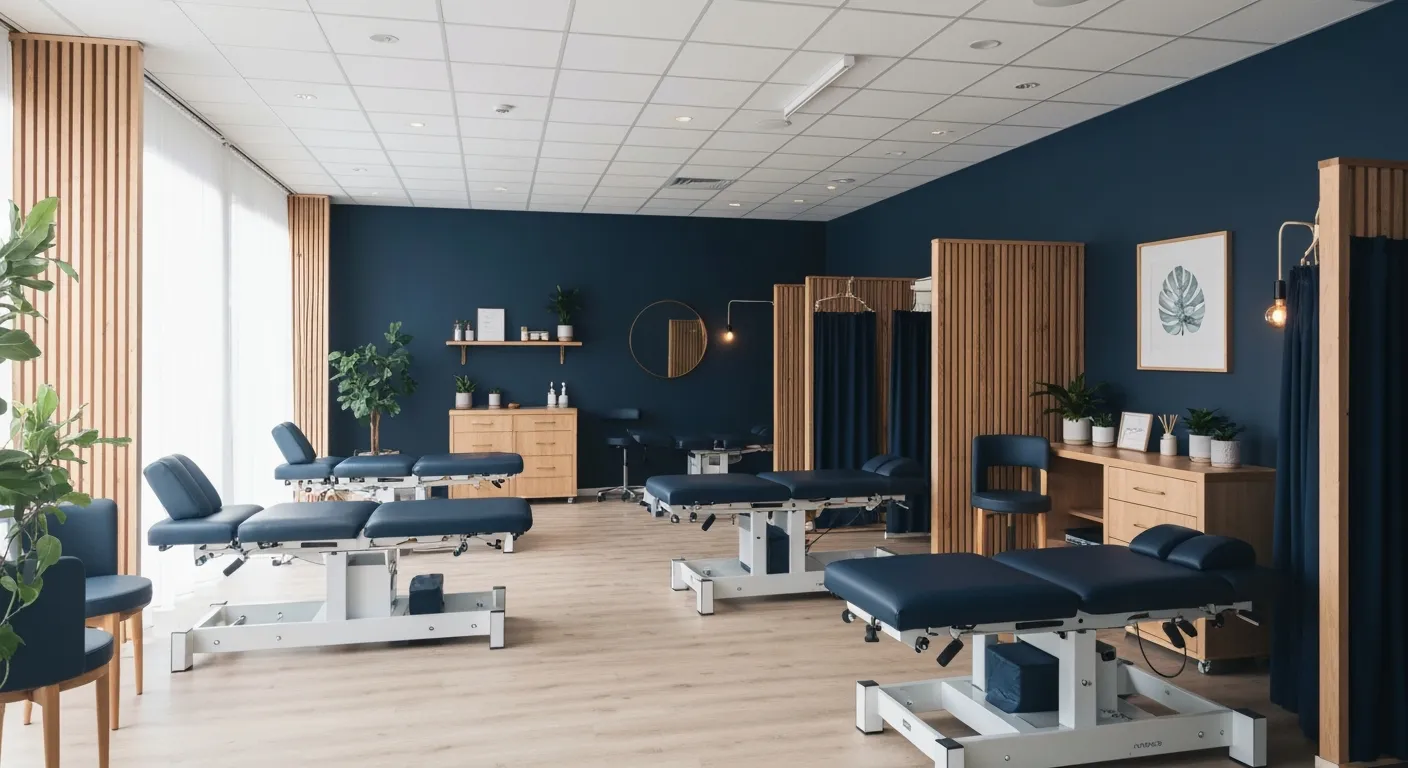
Holistic Treatment Options: Beyond Surgery for Pain Relief

Holistic Pain Relief Methods That Avoid Surgery

Nutritional Strategies for Supporting Spine Health and Recovery

First Chiropractic Visit: What Happens and How to Prepare

Chiropractic Patient Success Stories: Inspiring Journeys to Wellness
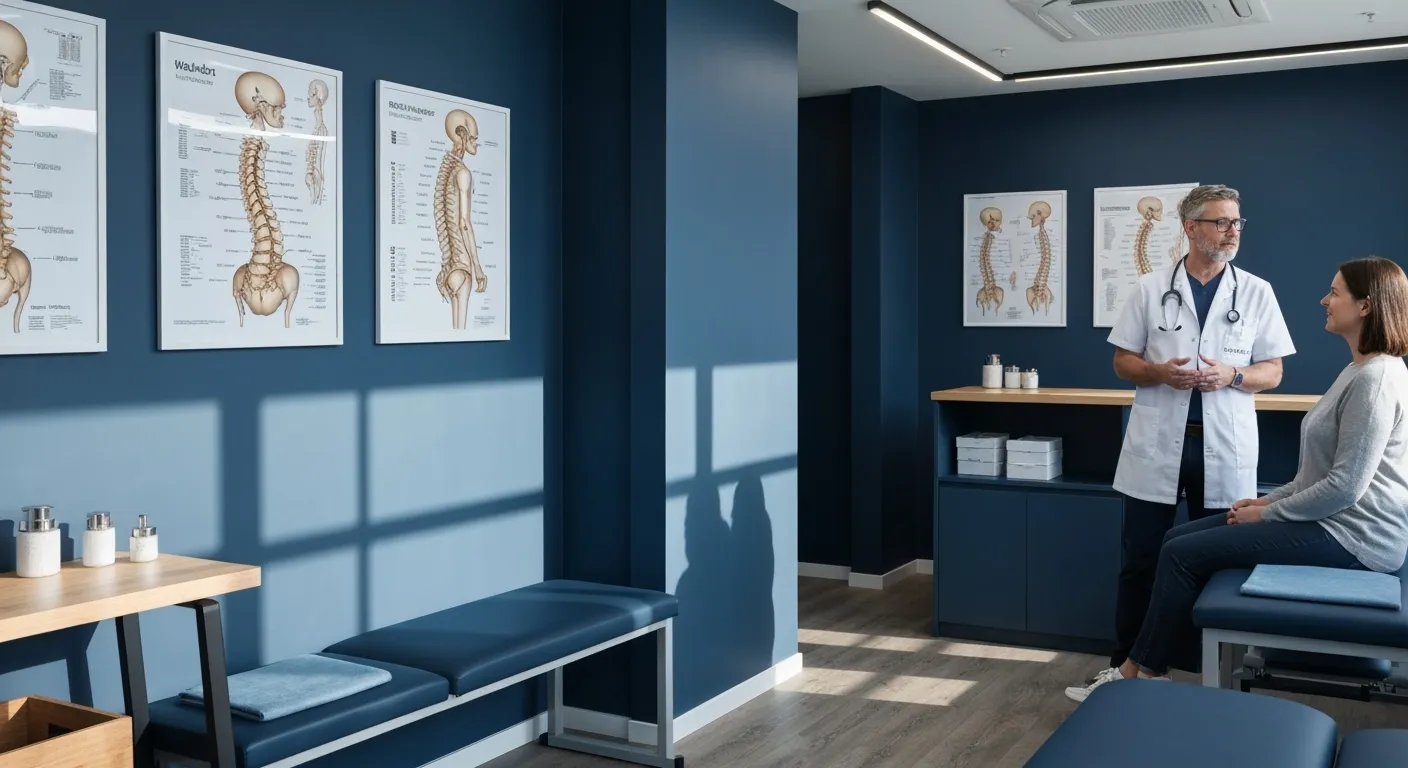
Effectiveness of Spinal Decompression Therapy in Managing Sciatic Nerve Pain

Addressing Pain at Its Source: Why Treating the Root Cause Matters

Corrective Exercise Programs Designed for Long-Term Pain Prevention

Healthy Lifestyle Advice for Maintaining Spinal Alignment
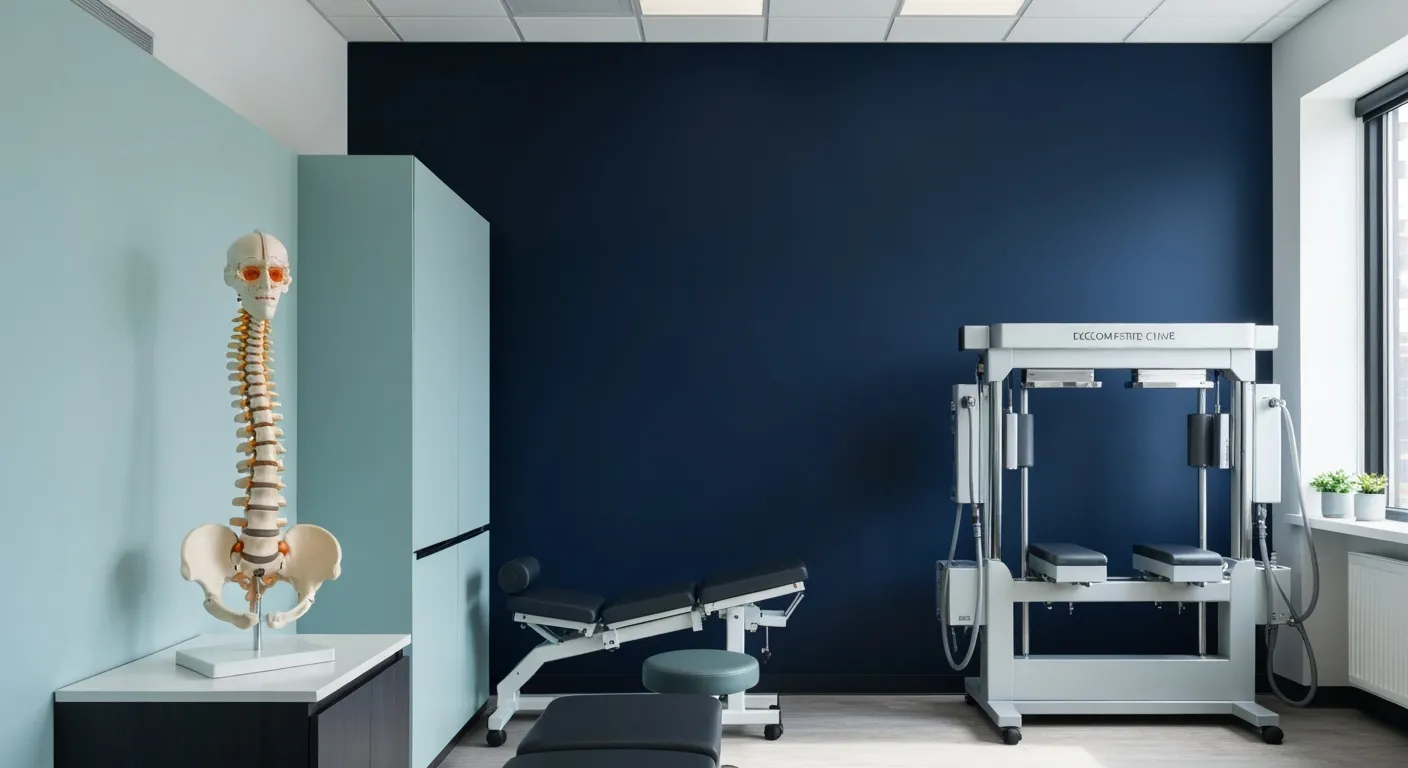
Understanding Spinal Decompression as a Treatment for Sciatica Pain
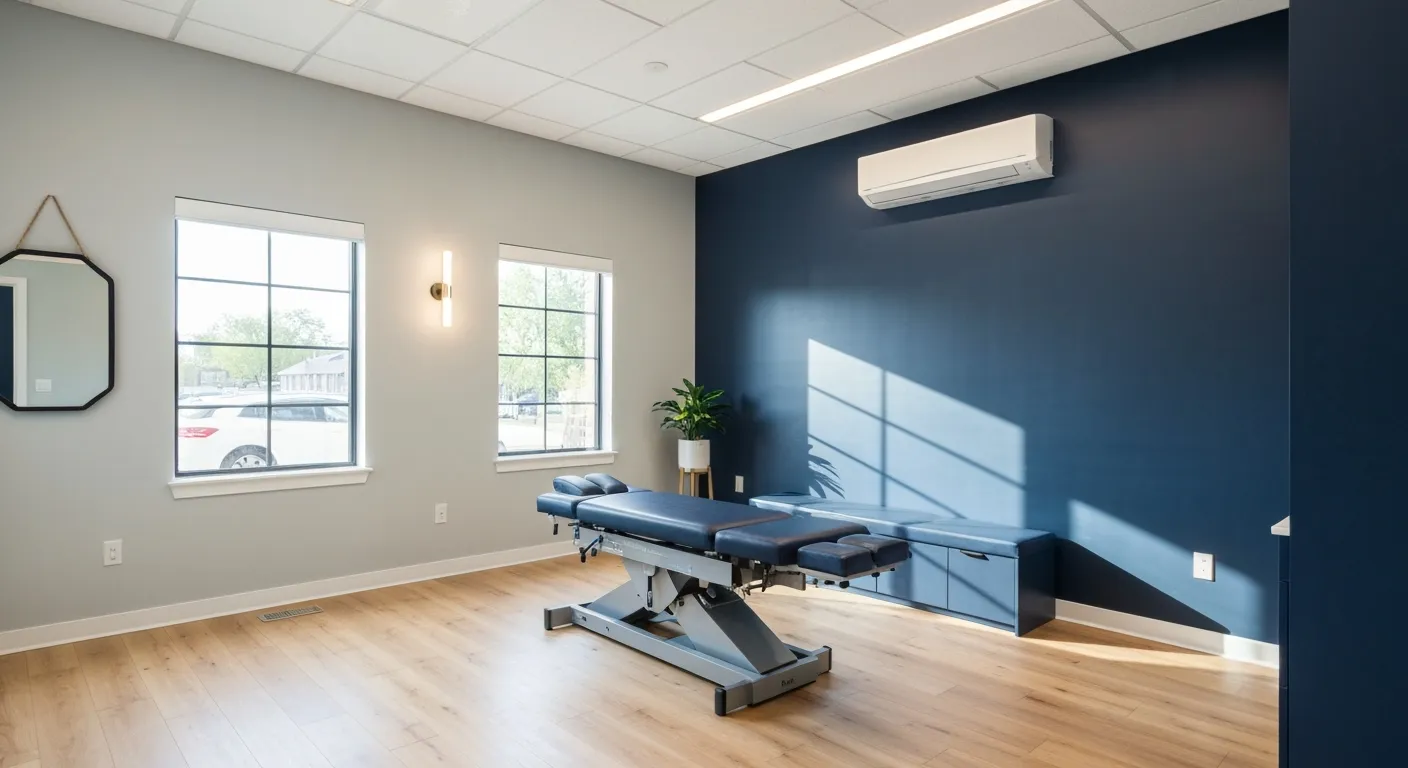
Benefits of Chiropractic Care Specifically for Back Pain Relief

Understanding Gait Analysis in Physiotherapy
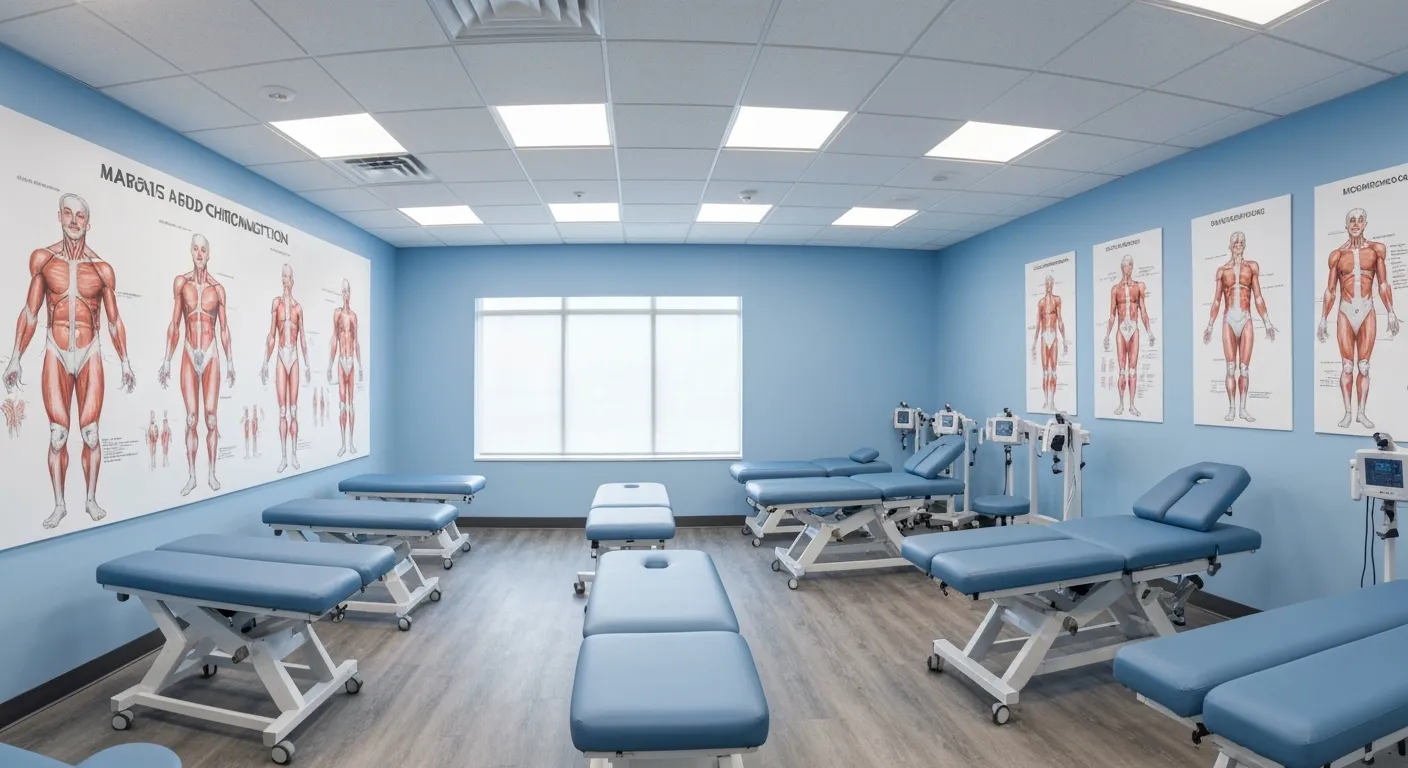
The Difference Between Muscle Soreness and Dysfunction

Workplace Stress Statistics: How Muscle Tension Impacts Productivity

How Physiotherapy Improves Mobility for Seniors

How to Communicate Pain Levels to Your Therapist Effectively
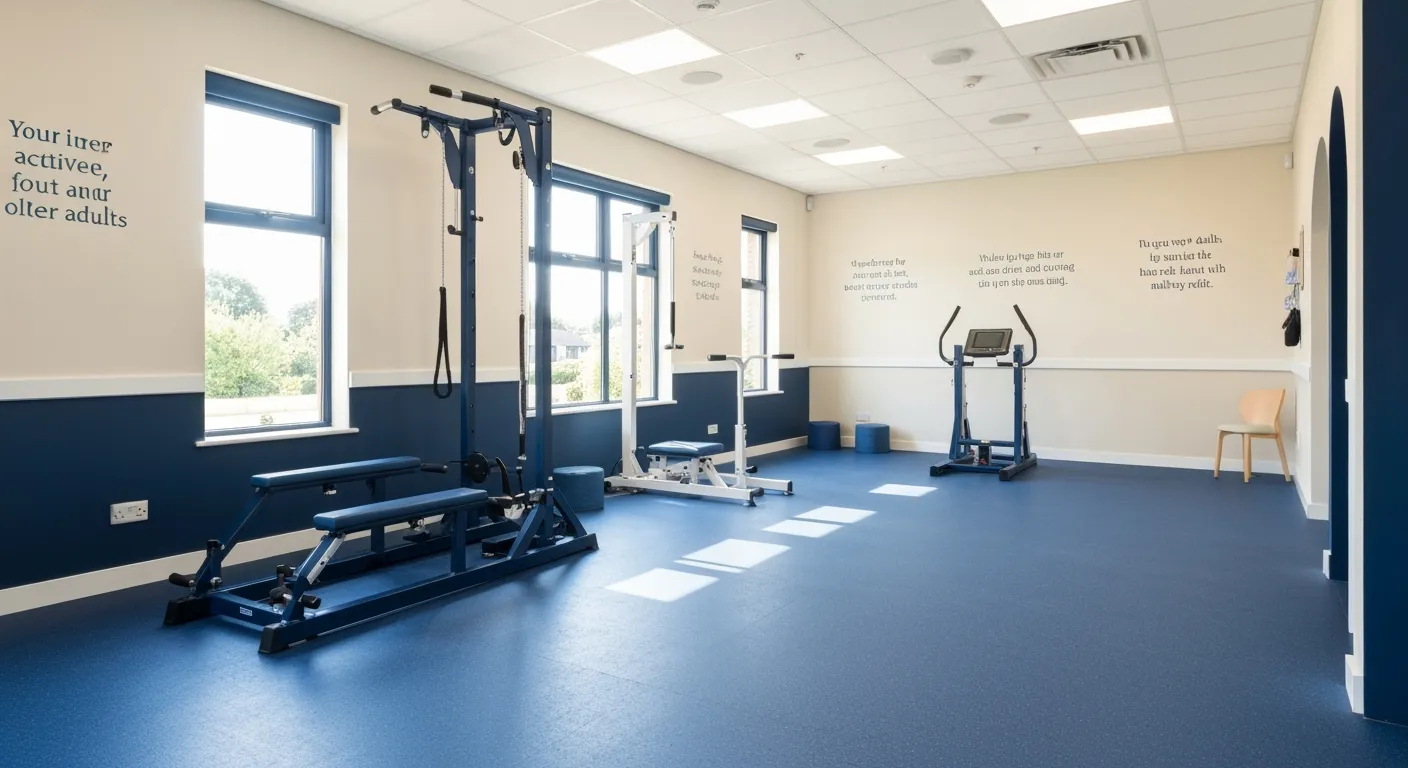
Physiotherapy Interventions for Balance and Fall Prevention

How Physiotherapy Helps Post-Surgical Recovery

Lifestyle Advice Everyone with Back Pain Should Follow

Chiropractic Industry Statistics: Growth, Demand, and Future Trends

Myofascial Release: What It Is and Why It Matters

Chiropractic Care vs. Traditional Medicine: Cost and Effectiveness Statistics

Ergonomic Workspace Tips to Support Spinal Health

Why Proper Breathing Matters During a Massage Session
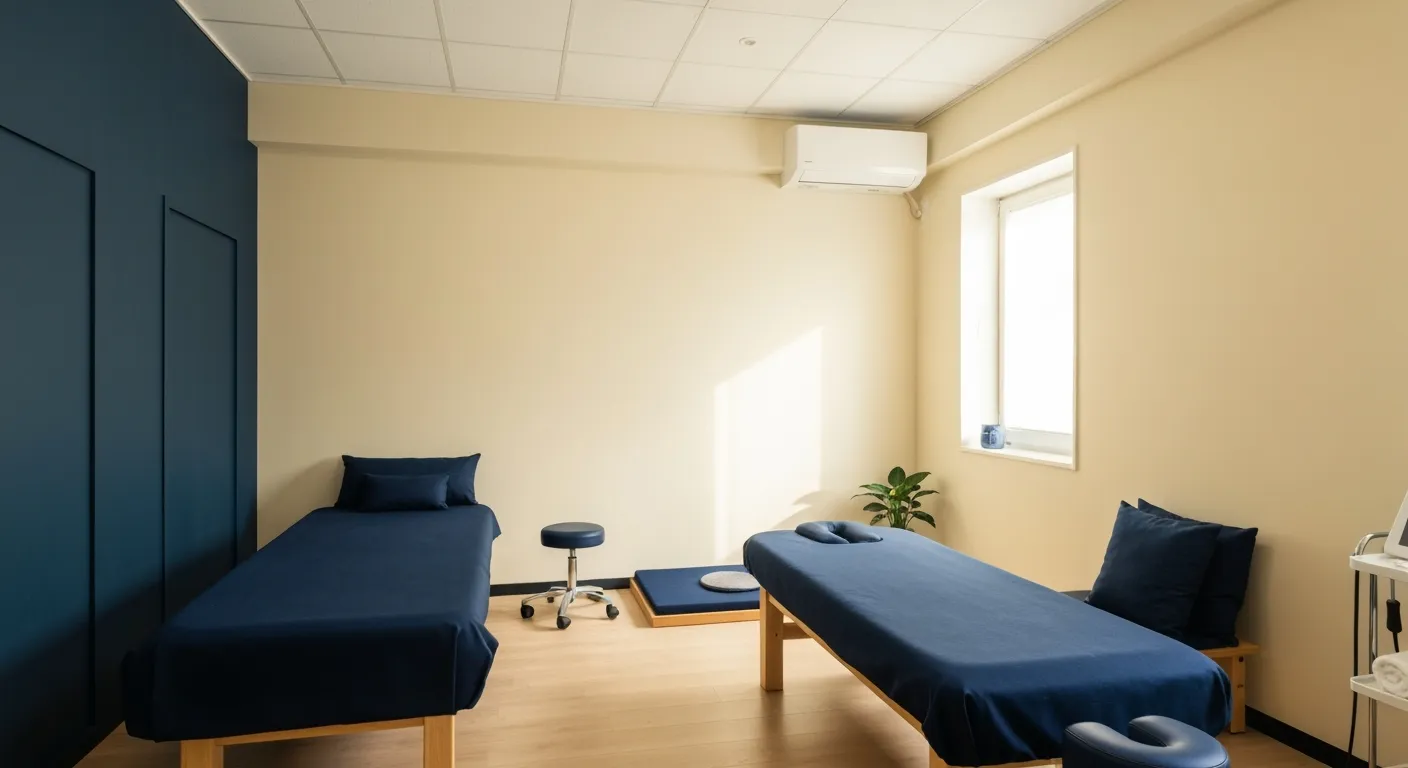
Client Retention Trends in the Therapeutic Bodywork Industry
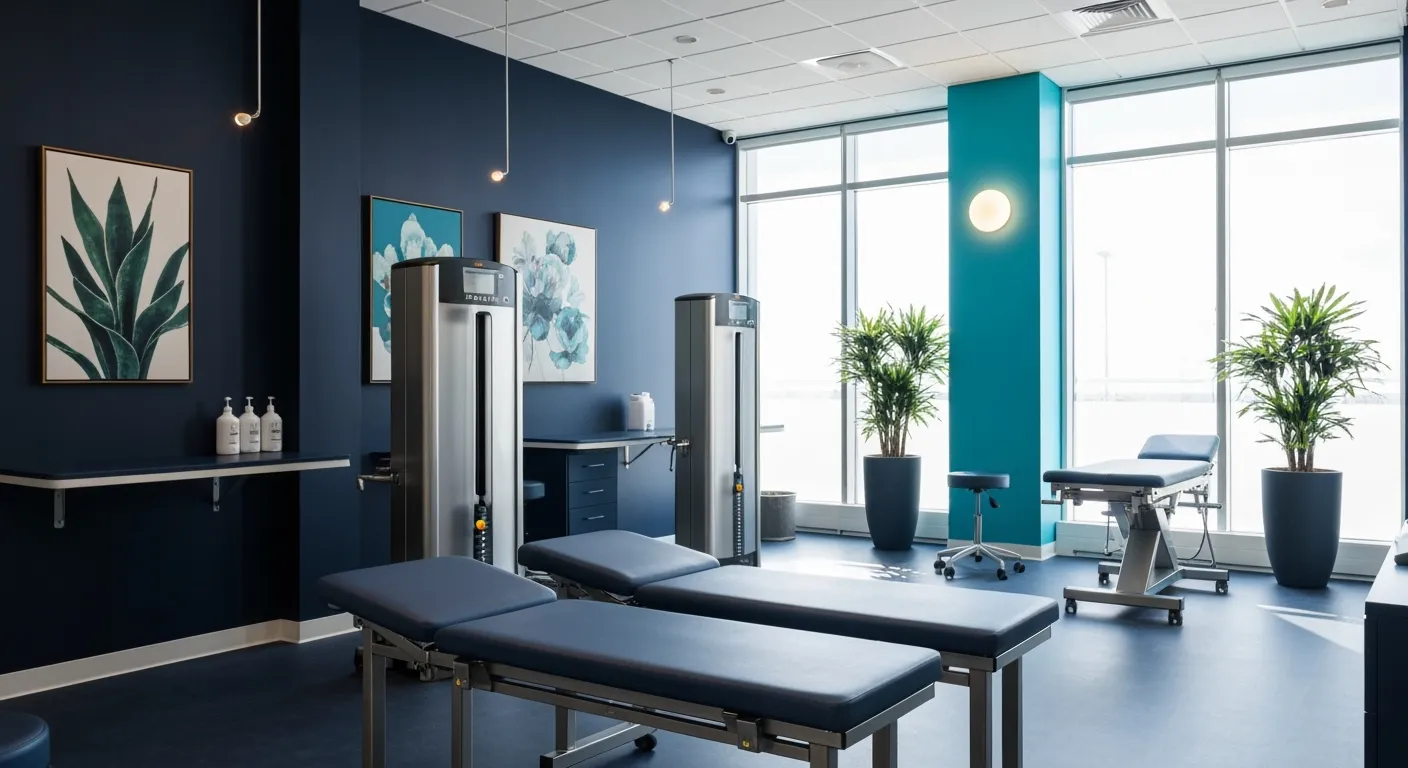
Why Physiotherapy Is Key in Preventing Re-Injury

How Massage Therapy Supports Natural Pain Relief
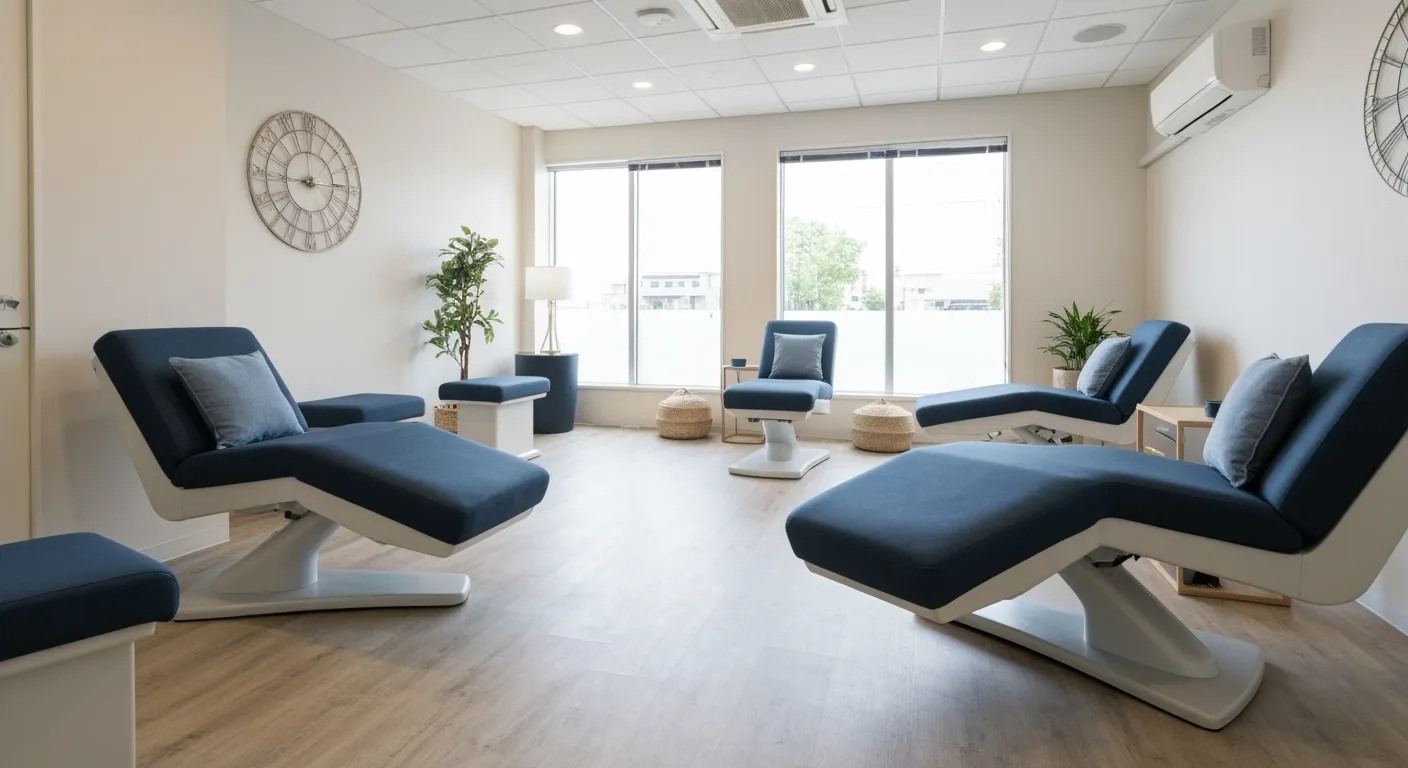
Healthcare Cost Reduction Through Preventive Bodywork Use

Athlete Massage Statistics: Pre-Event vs. Post-Event Outcomes

Massage for Migraine and Headache Relief

